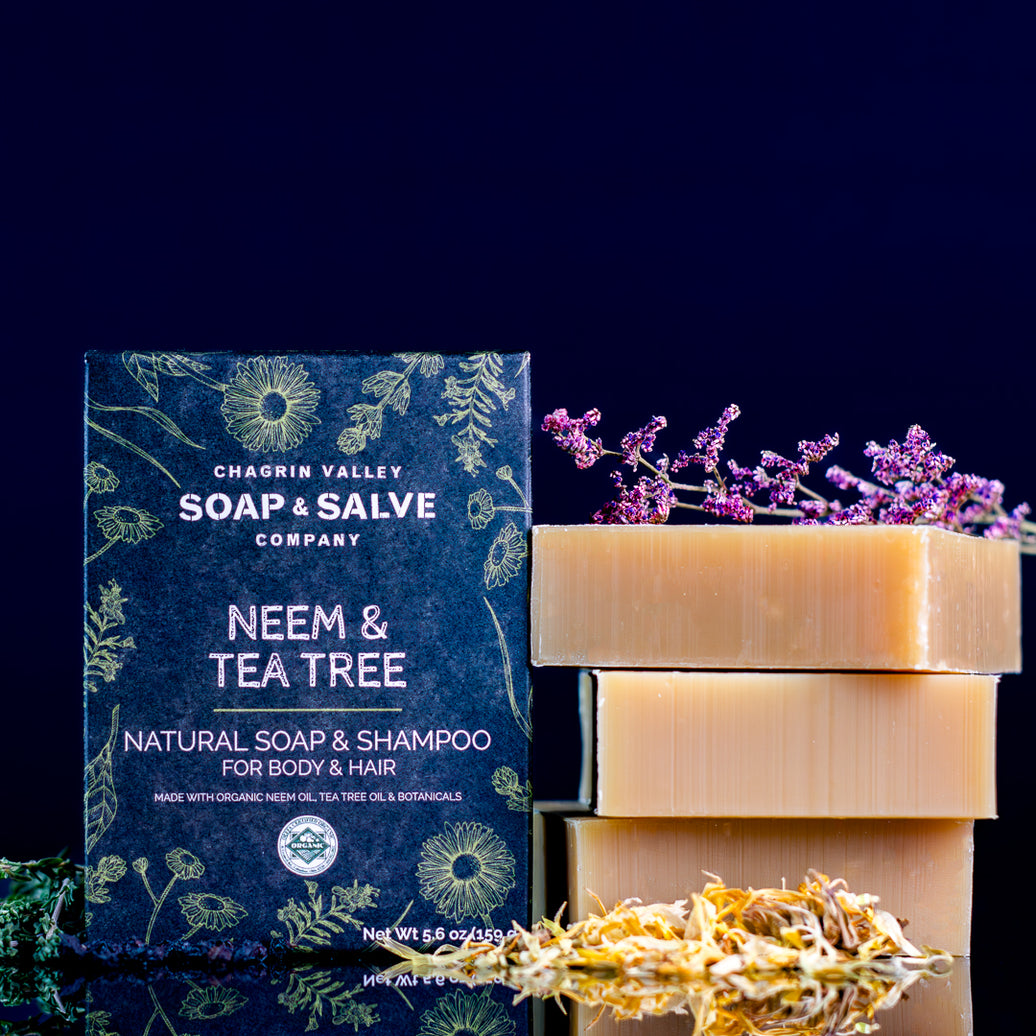
Neem & Tea Tree Body & Hair Shampoo
- Out Of Stock
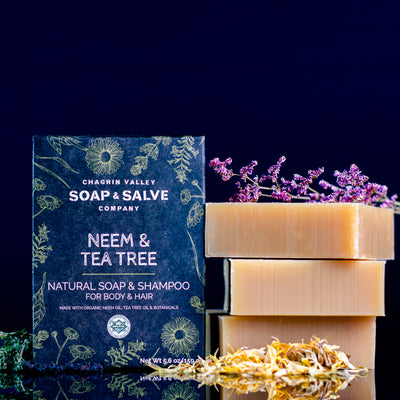

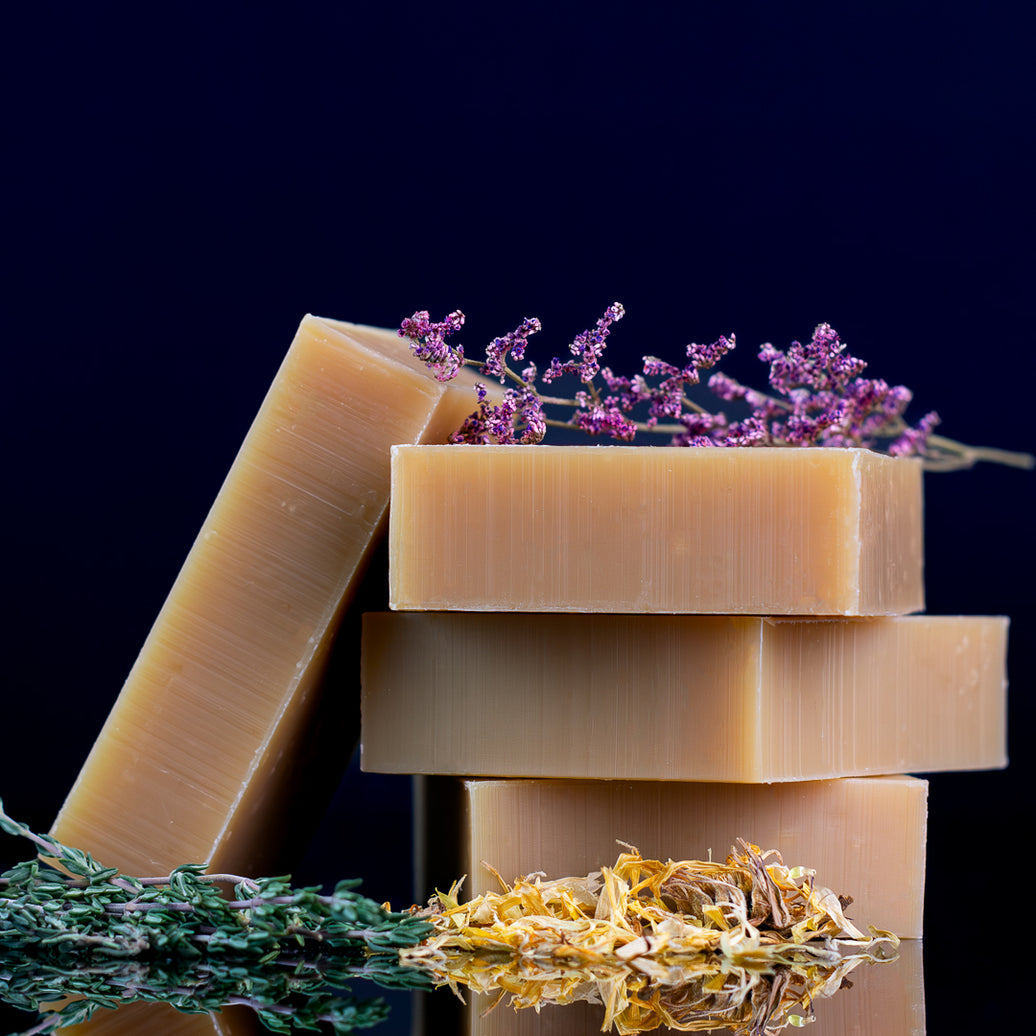
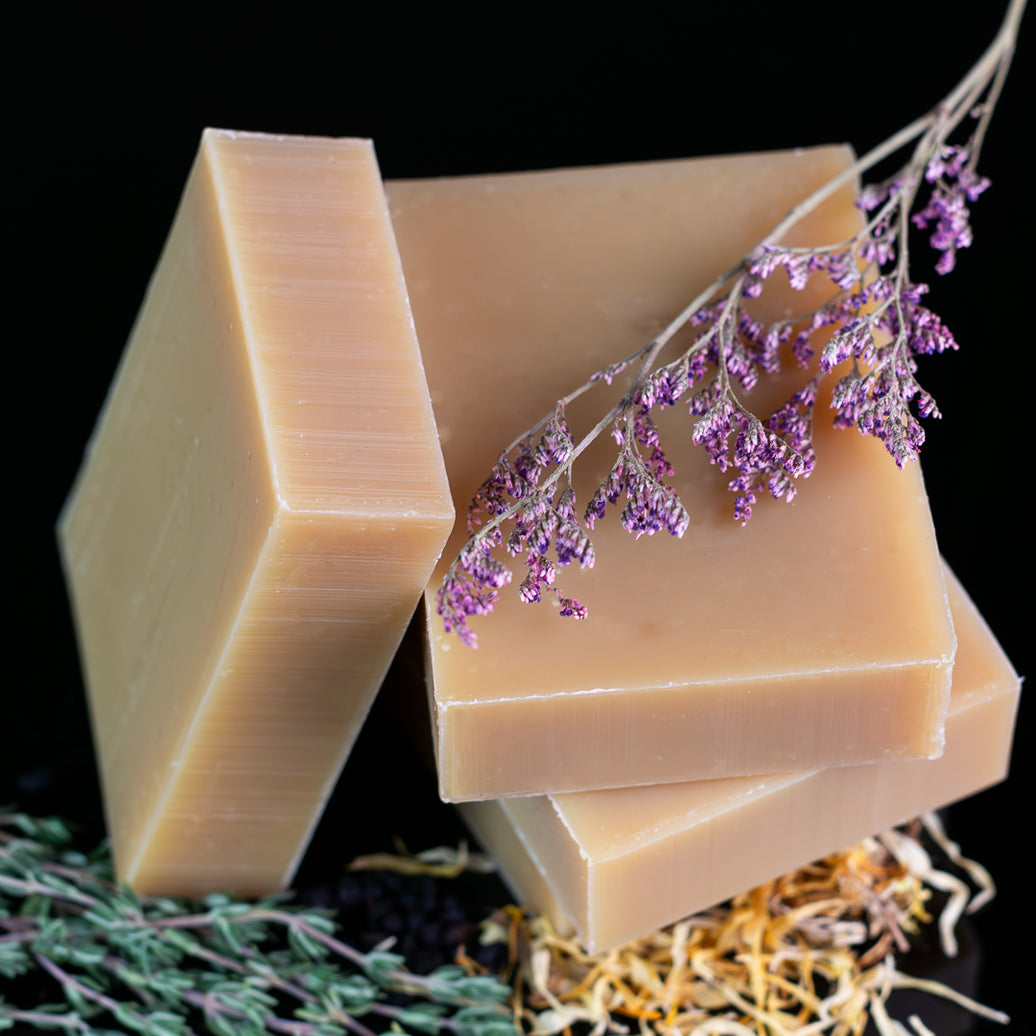
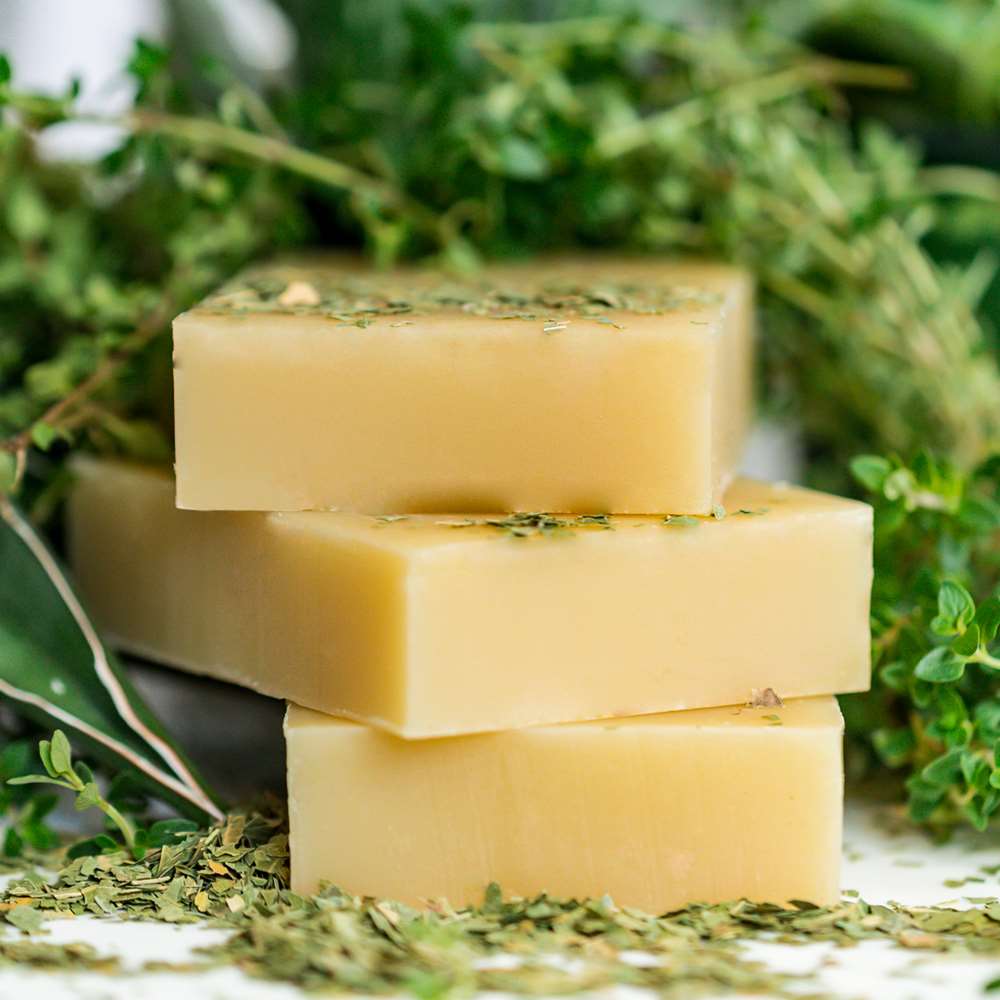
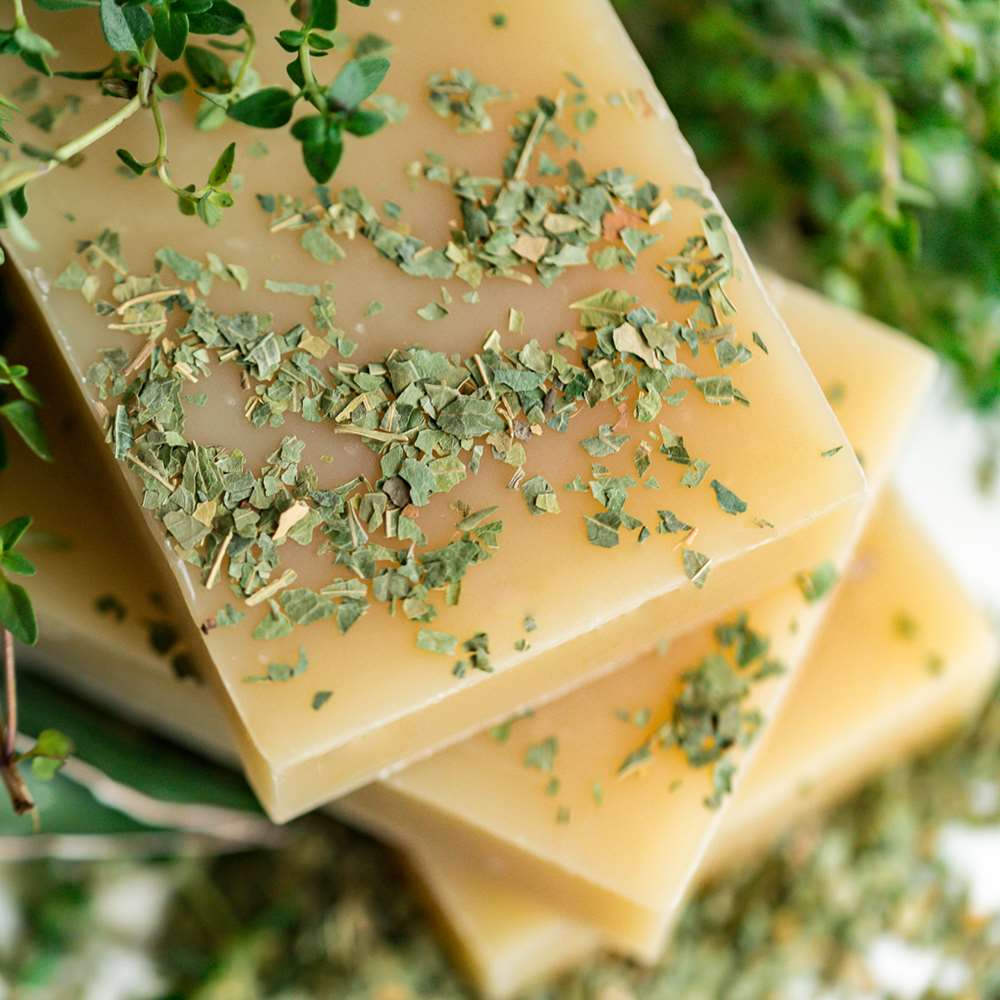
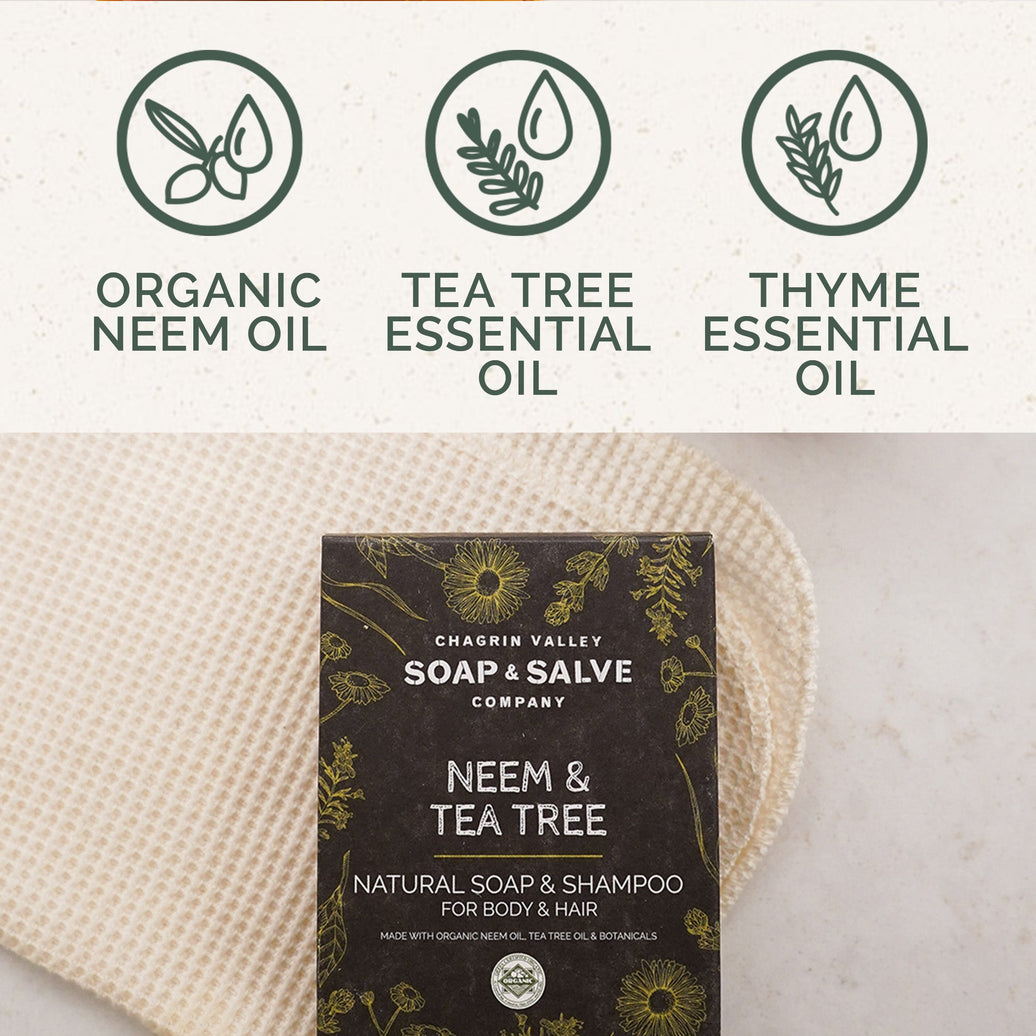
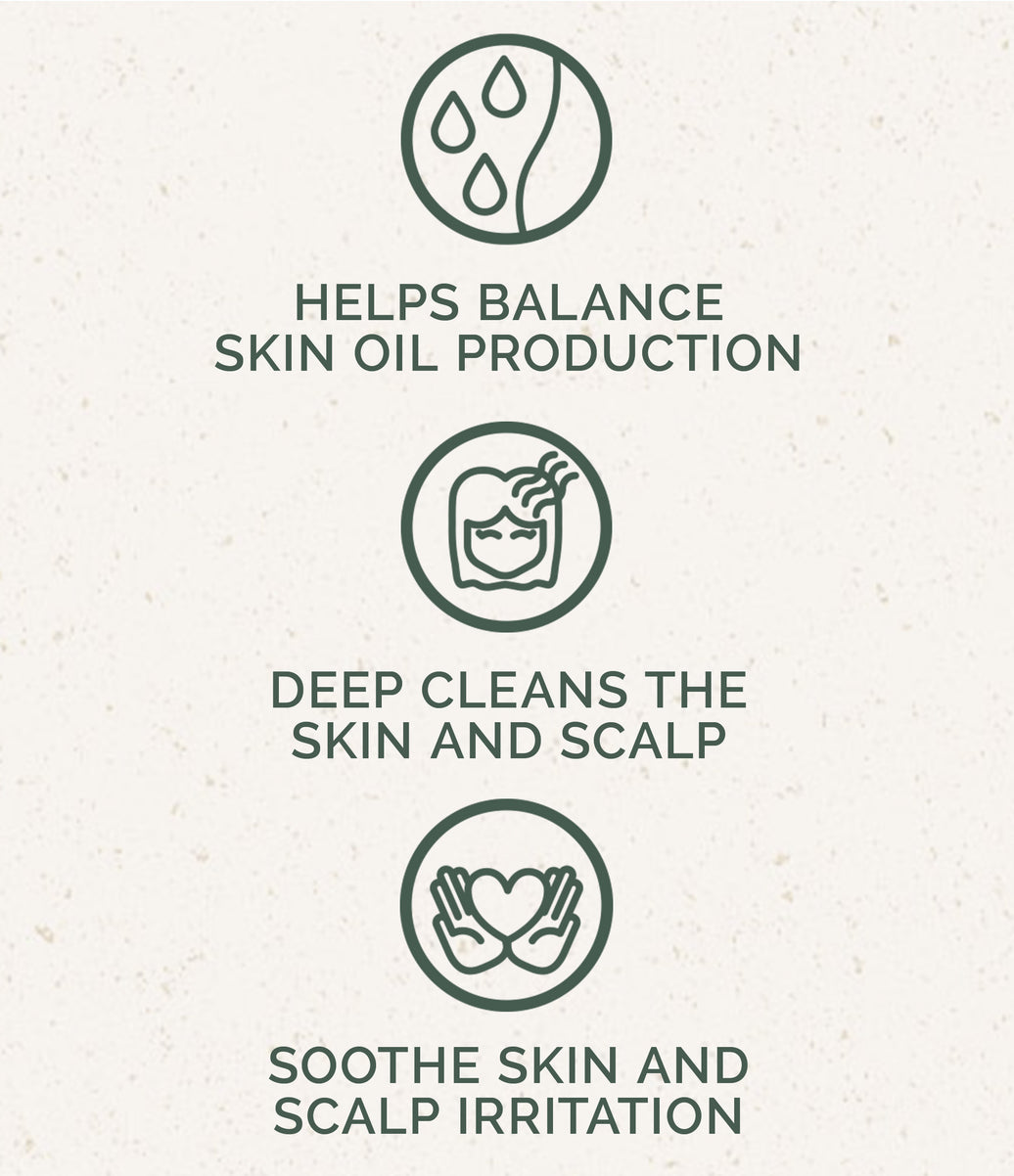
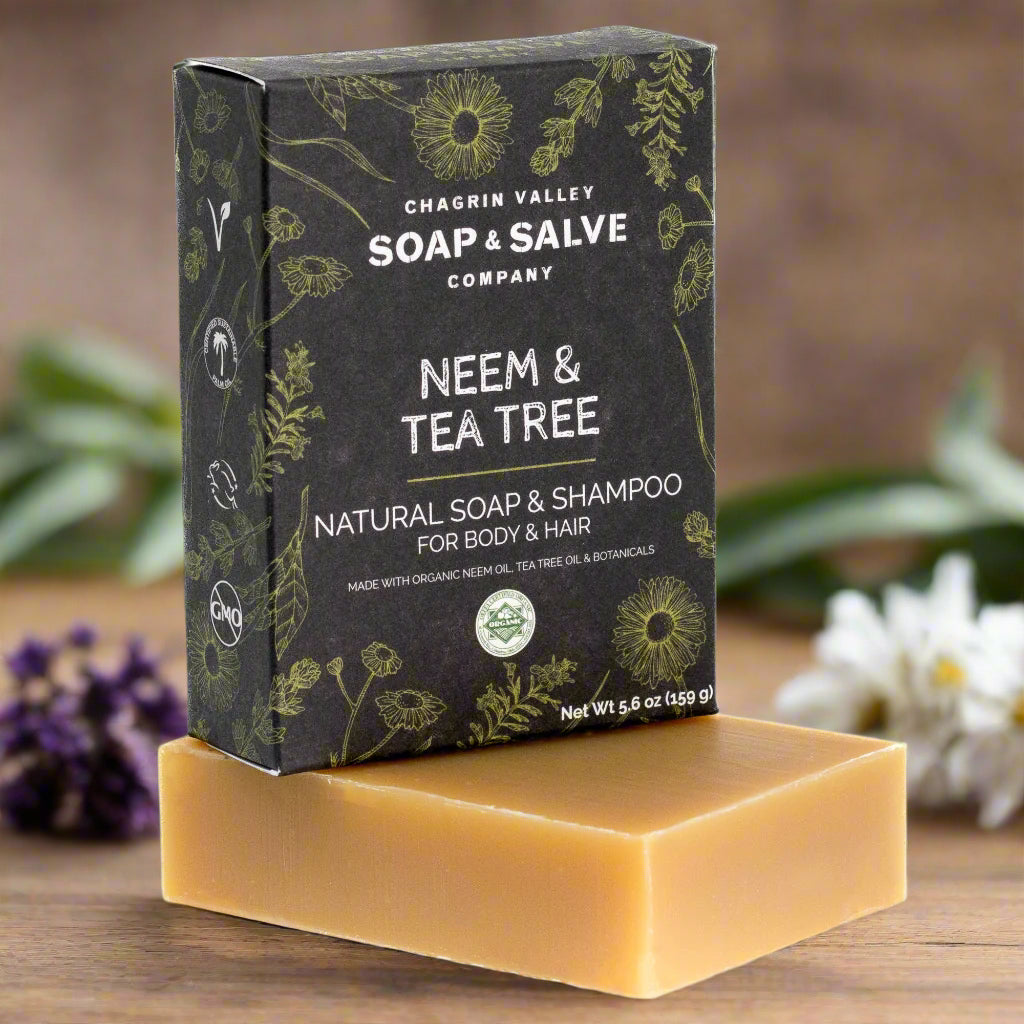
Our natural body soap and hair shampoo harnesses the power of organic Neem, Tea Tree Oils, and soothing botanicals to provide a moisturizing experience. These ingredients are traditionally used for their skin and scalp benefits, making our Neem soap suitable for a variety of skin types and concerns.






As a SHAMPOO Good For: Normal Hair, Oily Hair
As a SOAP Good For: Oily Skin, Irritated Skin
A powerful synergistic blend of organic Neem Oil, Tea Tree, Thyme and Peppermint essential oils, plus skin-calming organic botanicals creates an invigorating, moisturizing, and soothing all-over body and hair shampoo. These ingredients are traditionally used for their skin and scalp benefits, making this soap suitable for a variety of skin types and concerns.
Known as “the village pharmacy" in India, the benefits of Neem have played an essential role in Ayurvedic skin and hair care for centuries.
Neem and tea tree oils are traditionally used to support skin health. Together with Thyme and Peppermint Essential Oils these ingredients help promote a clear and balanced complexion without drying out the skin and are suitable for a variety of skin types and concerns.
Neem and tea tree oils help balance scalp oil production, deep clean the scalp, and may help soothe the dryness and discomfort associated with an irritated scalp. Together with Thyme and Peppermint Essential Oils and Organic Elder and Calendula flowers, these ingredients help refresh, clean, and invigorate the scalp for healthy looking hair.
A sulfate free, silicone free, paraben free natural body & hair shampoo
The scent of this bar is quite medicinal due to the natural scent of unrefined Neem Oil plus the Tea Tree Oil.
🍃NATURAL, VEGAN & ECO-FRIENDLY: We are committed to healthy skin, healthy people, and a healthy planet. Packaged in recyclable boxes. Zero Waste & No Plastic. No synthetic ingredients. No fragrance oils, dyes, sulfates, silicones, or preservatives. Made with ingredients that are biodegradable, Certified Organic, non-GMO, cruelty-free, sustainably produced, and ethically traded.
🍃OUR BARS ARE BIG & TRAVEL FRIENDLY: Our natural shampoo bars are 5.6 oz (159 g) & a perfect choice for TSA-friendly travel. They can do extra duty as a body soap or as a foamy lather for wet shaving. Great for camping or the gym.
Looking for a different shampoo bar?
Explore the world of natural shampoo bars, get answers to your shampoo FAQs and learn about the benefits, ingredients, hair type suitability, and usage tips.
Since this versatile Neem & Tea Tree bar works to help so many similar skin and scalp problems it has been specially formulated to be used as a therapeutic body and facial soap, and/or hair shampoo.
The purpose of soap is to combine with oil and dirt on the body. The method you use to cleanse your skin is really personal preference.
Finding the right bar is important but we believe that using the proper technique to wash your hair is the best way to ensure a successful transition from synthetic shampoo to natural shampoo bars.
Our natural shampoo bars are a lot more concentrated than liquid shampoos. They contain extra oils and butters to nourish hair.
If you do not build a nice lather and rinse really well you will have areas that remain coated with the soap oils, which can make it look or feel “gummy.”
***Notice in the techniques below that we do NOT recommend lathering up the length of your hair with the shampoo bar. As you use your fingers to rinse the lather through the strands, there is enough shampoo to clean the length. These techniques help prevent coating your hair strands with shampoo residue.
If you are new to shampoo bars please our blog, "How to Use a Natural Shampoo Bar" for more detailed information.
This technique helps prevent pockets of shampoo residue in the length of your hair especially if you have long or thick hair.
Wet Hair: One of the most important steps is to begin with thoroughly wet hair--I mean a lot of water. Be sure that the water saturates your hair all the way down to the roots.
Create the Lather: There are two possible ways both of which help prevent pockets of shampoo residue left in your hair that can make hair feel tacky.
 Massage the Lather into your Scalp only at the roots of the hair until you work up a really good lather
Massage the Lather into your Scalp only at the roots of the hair until you work up a really good lather
Using your Fingers like a Comb: smooth the lather down the length of your hair as you rinse with water. To prevent tangles, be sure to always work from the top down, use your fingers like a comb, not a mixer, and don't pile your hair on your head,
Rinse, rinse, rinse, rinse and rinse again. I cannot stress how important this step is to shampoo bar success. In order to remove the excess shampoo, which can leave a filmy feeling and weigh hair down, do NOT rush this step! The rinsing should take longer than washing and lathering time.
If your hair has a residue before or after shampooing, use an Apple Cider Vinegar Rinse or a baking soda clarifying rinse.

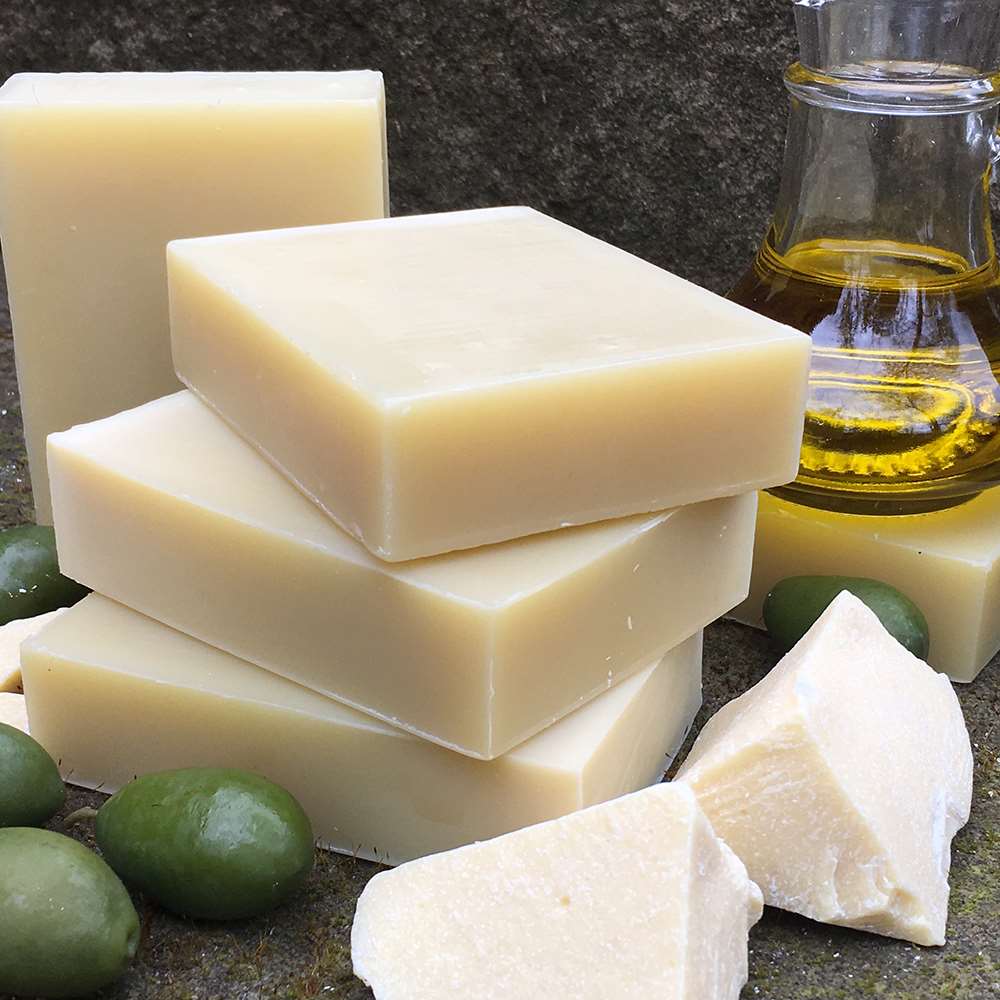
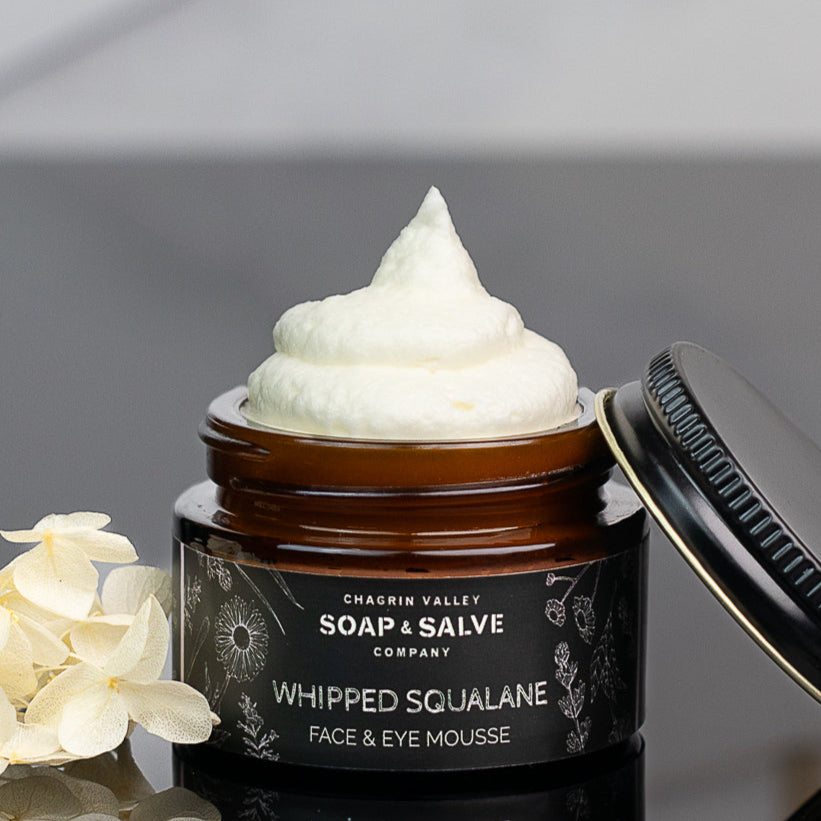
Total price: $43.40
Create Your Own Bundle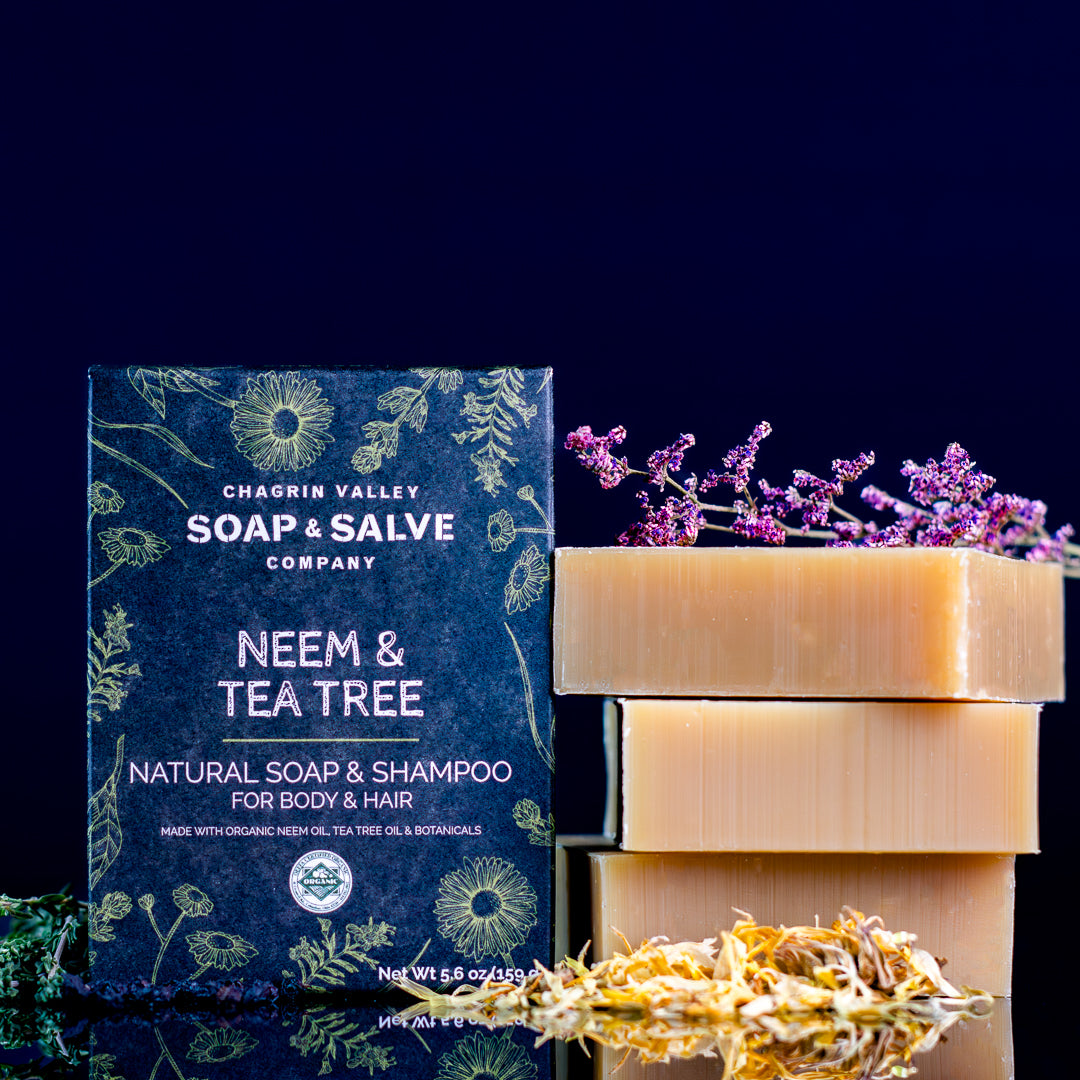
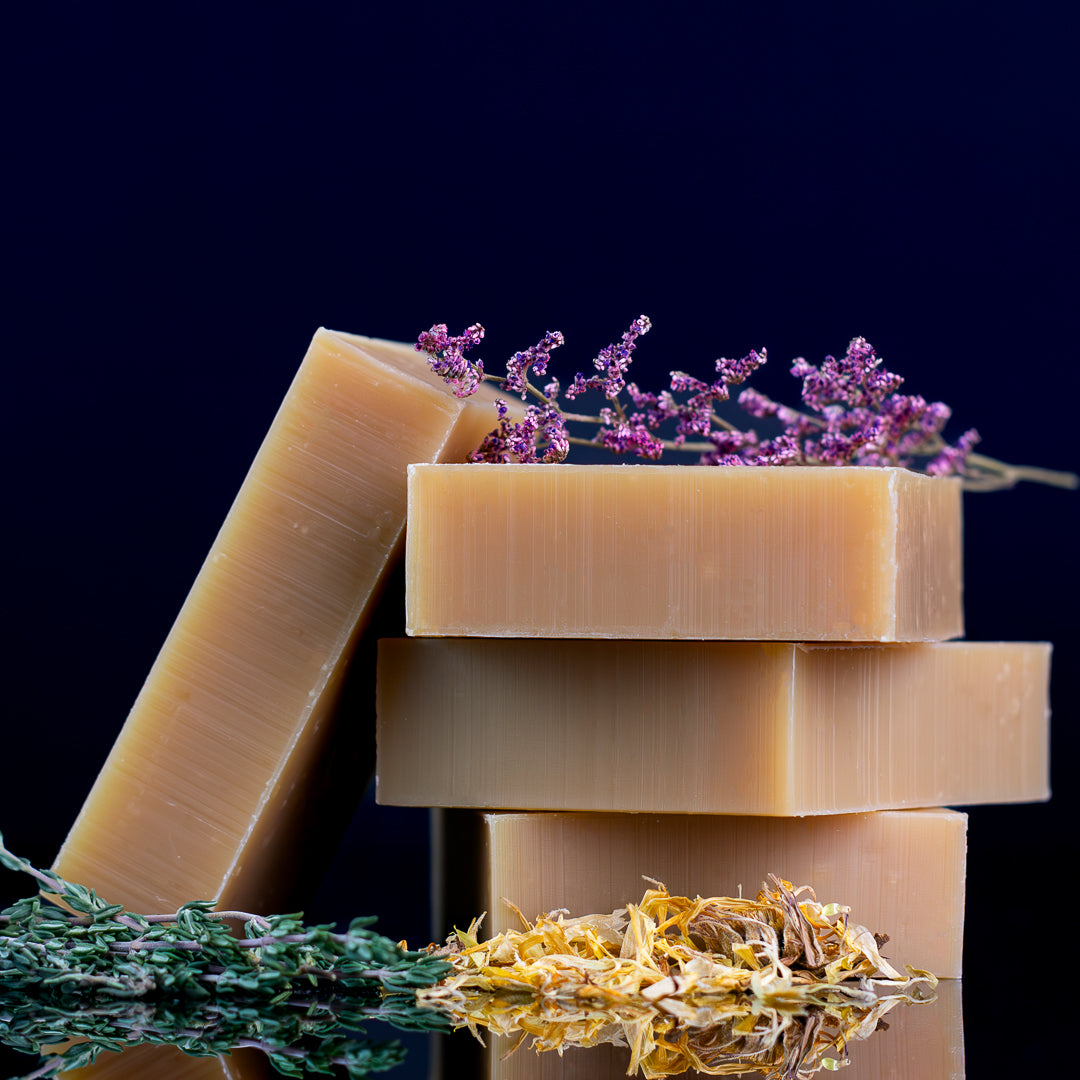
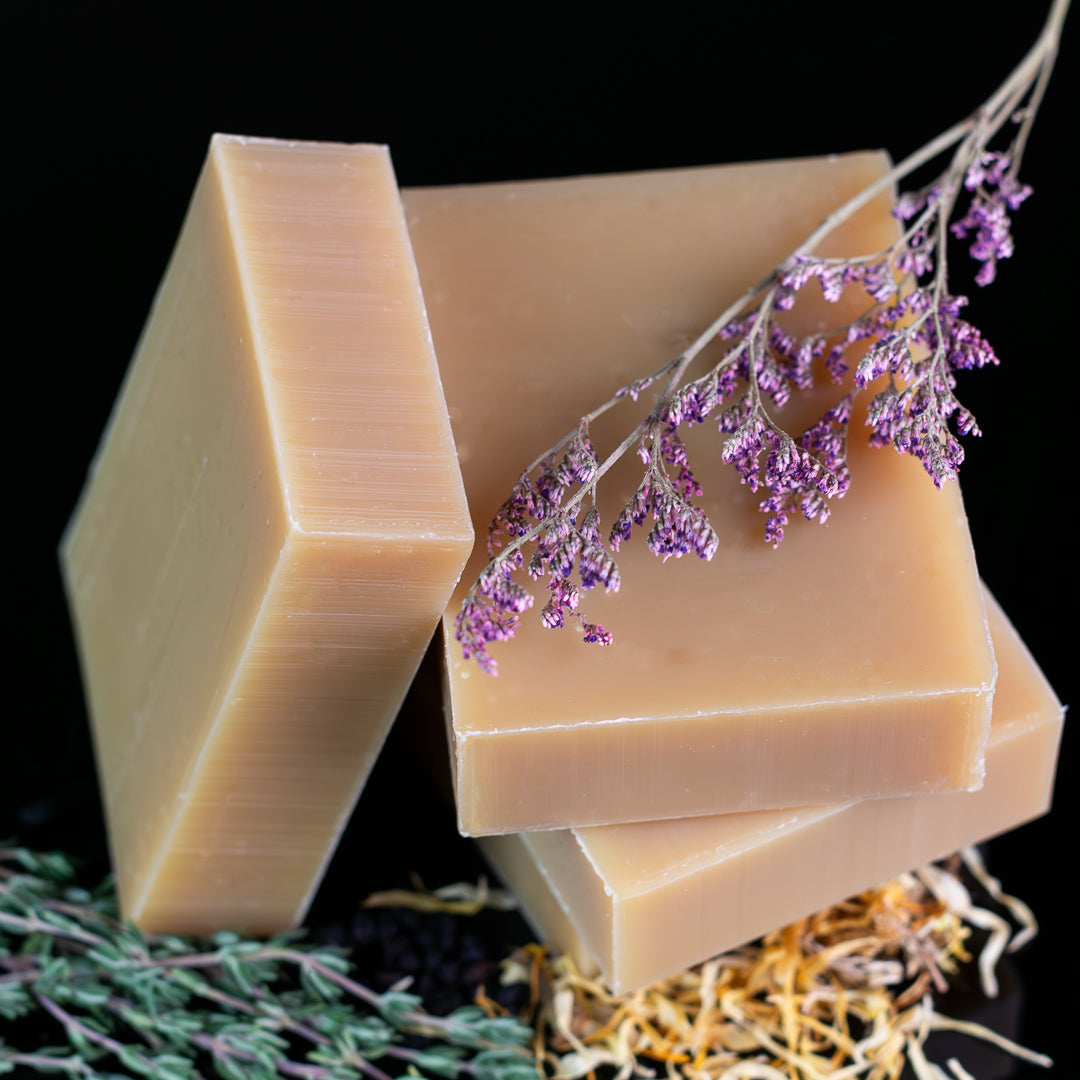
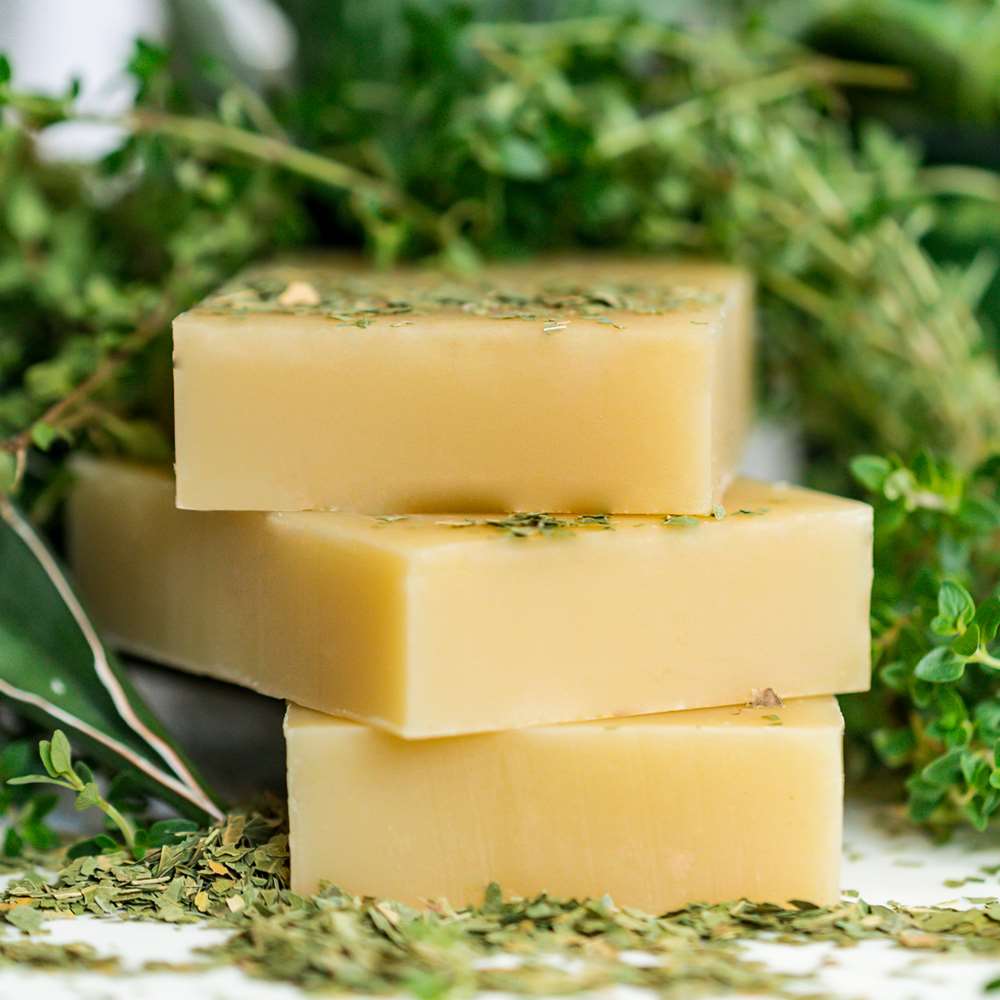
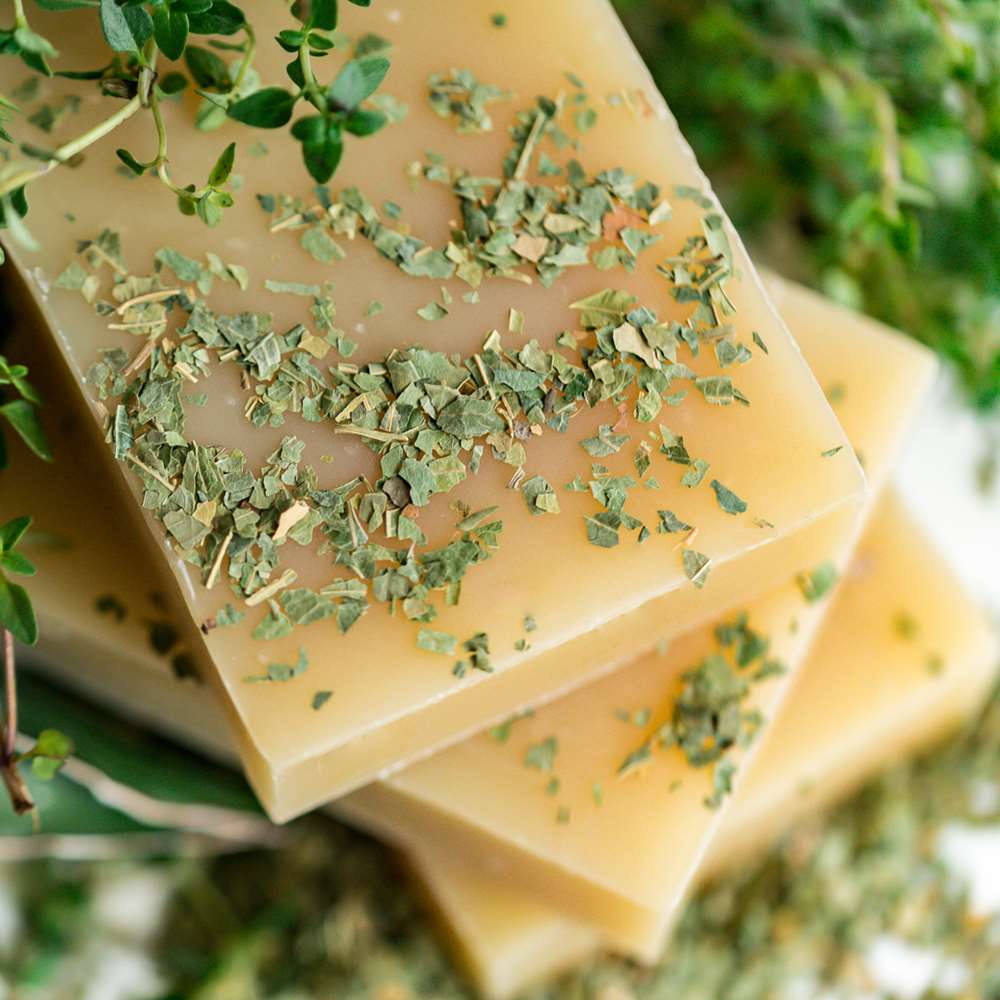
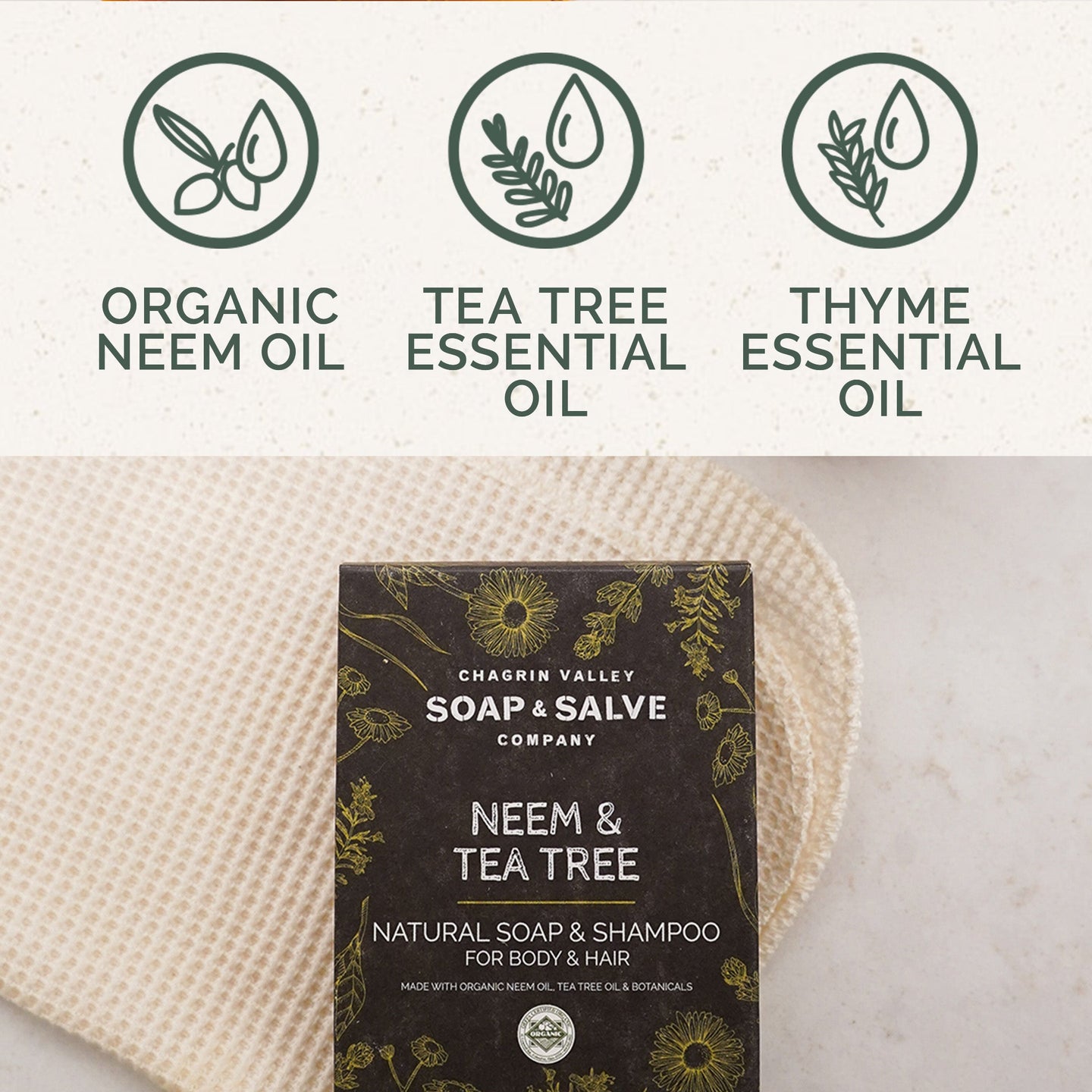
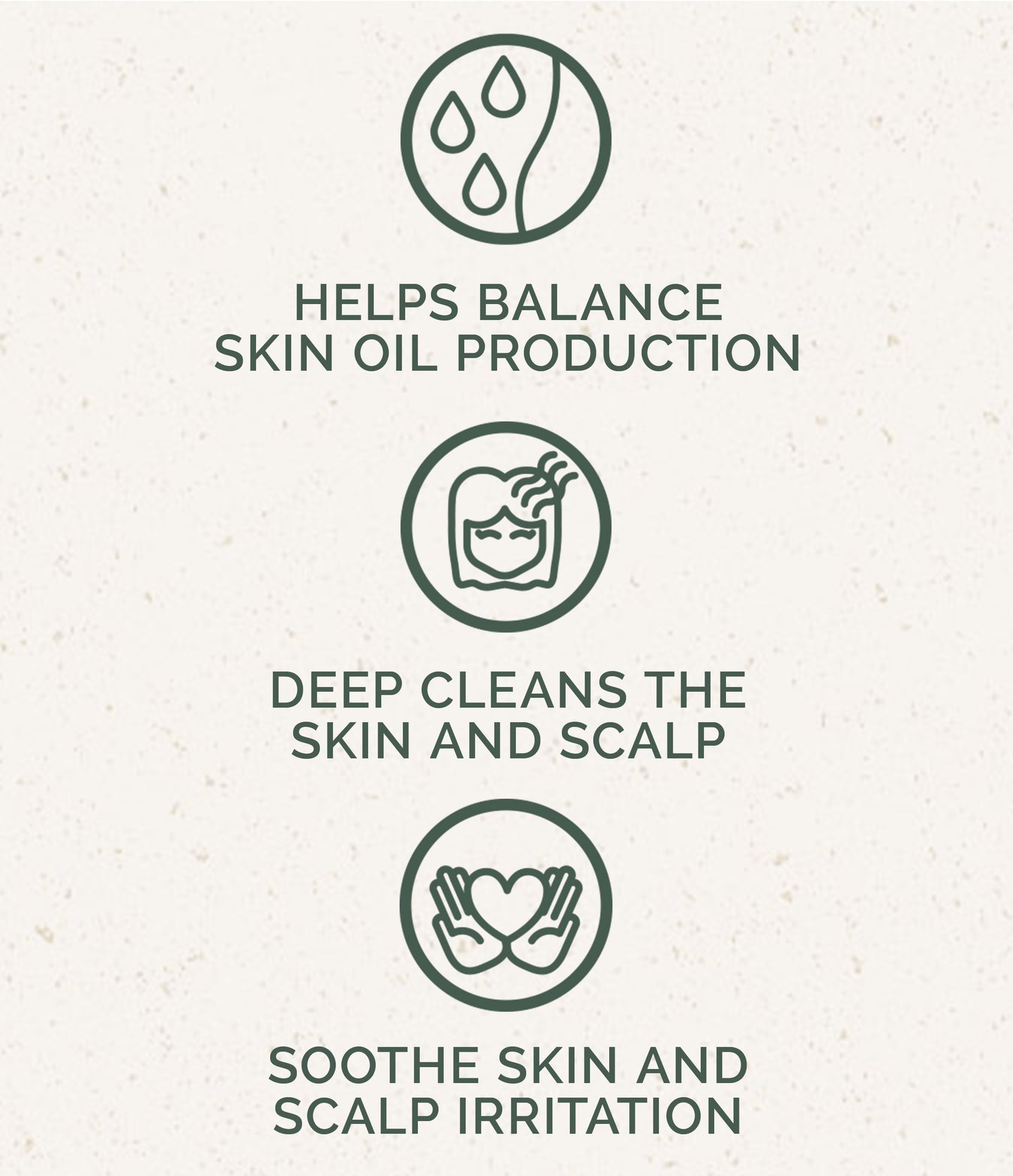
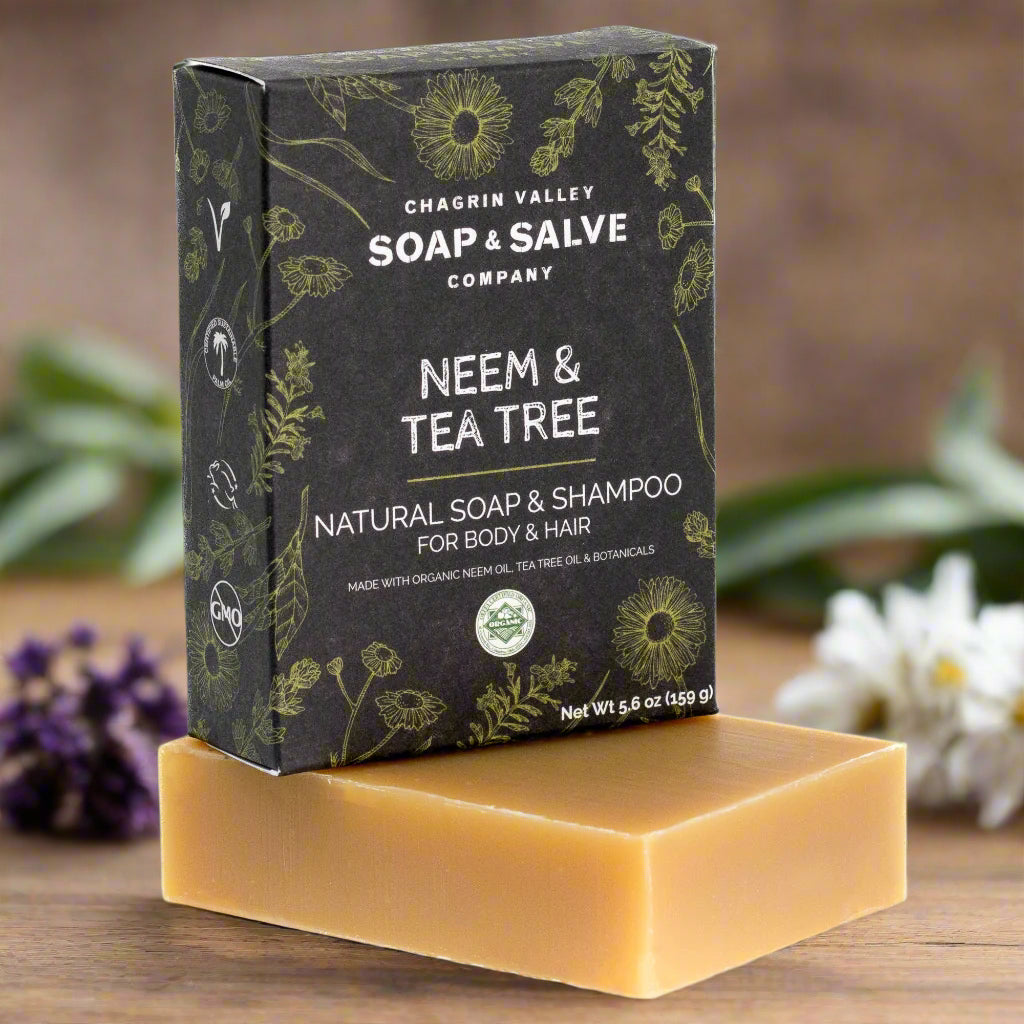
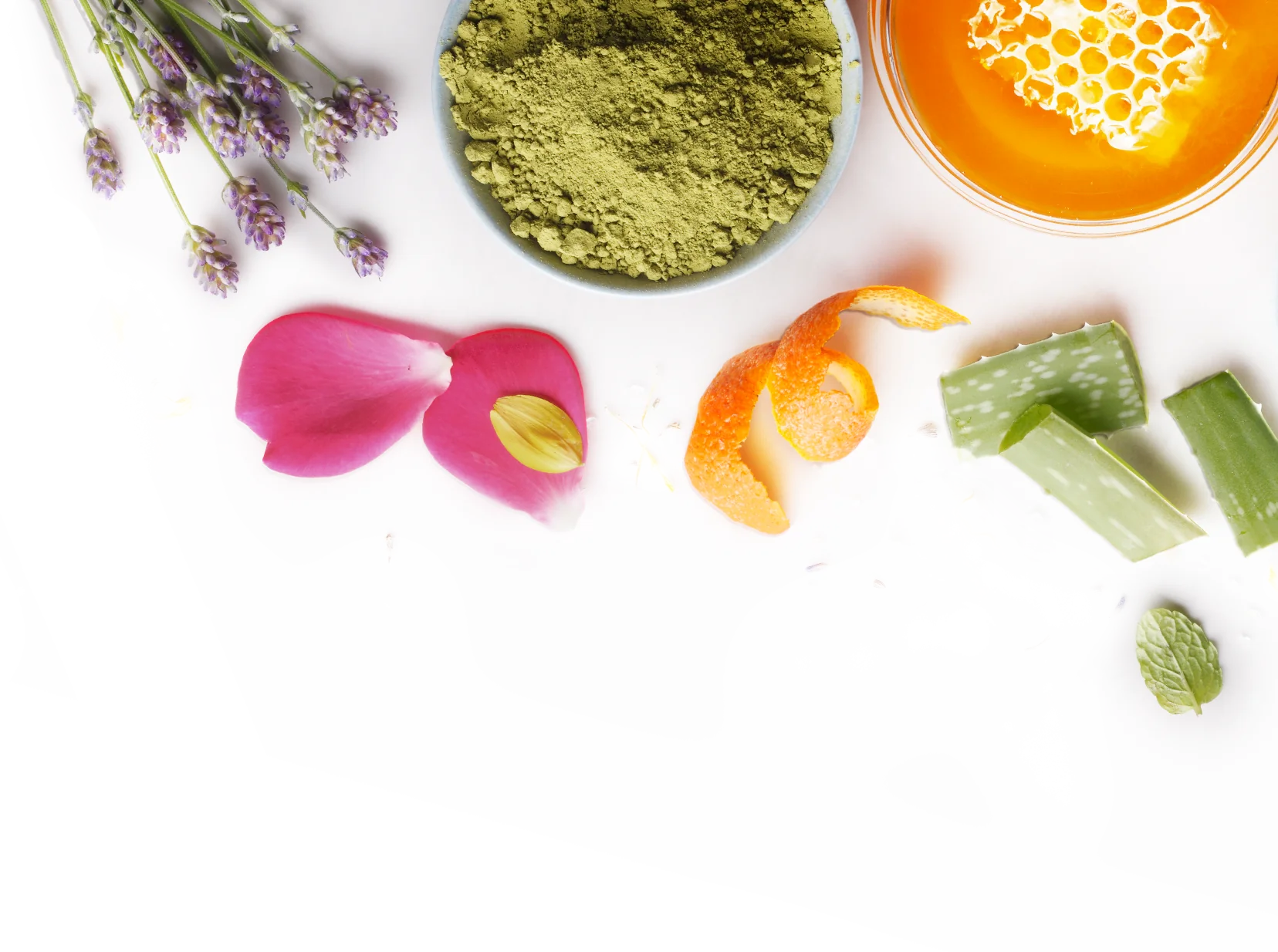
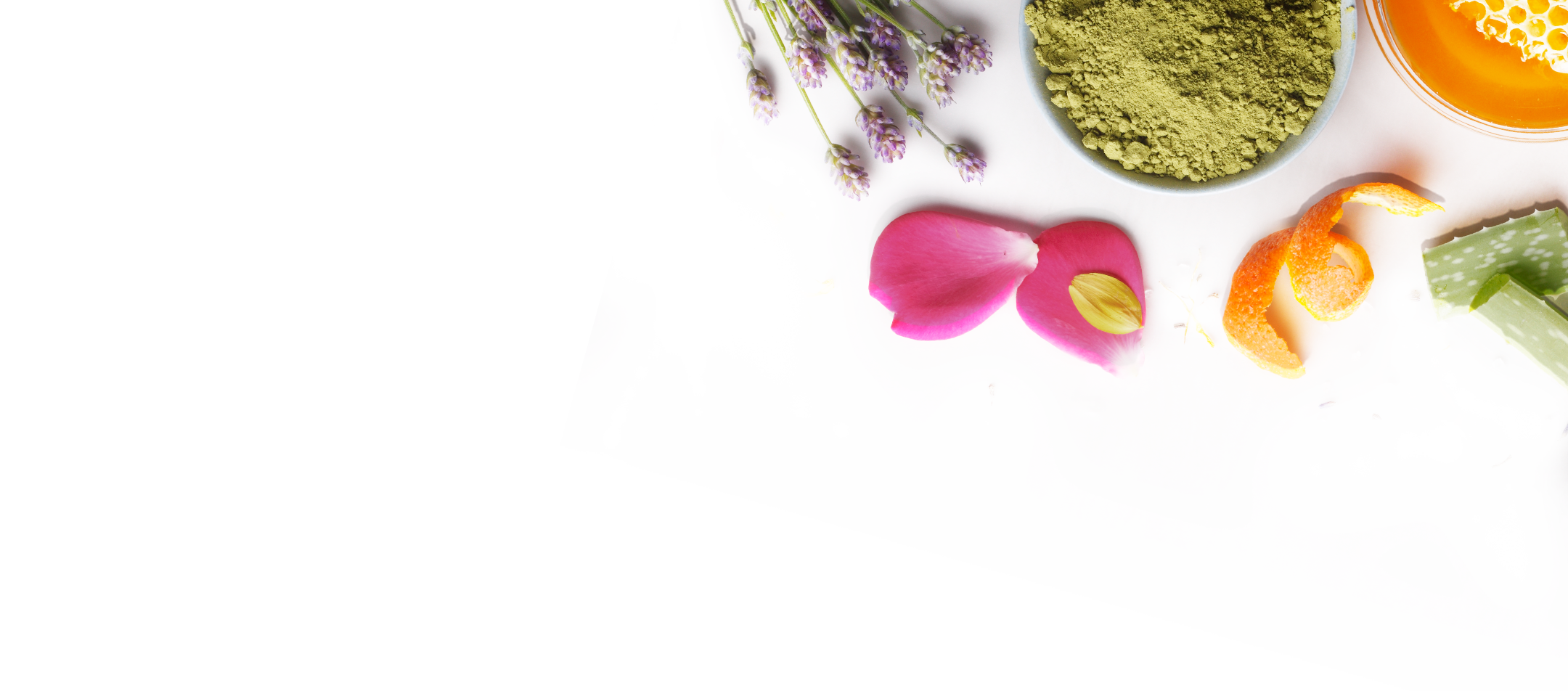
The goal is simple: to Harness the Power & Simplicity of Nature® to cleanse, soothe, heal, and protect your skin and hair!
Our unique formulas rely on moisturizing oils and butters, healing botanicals, and pure essential oils. We choose every ingredient with one end-result in mind….the BEST possible natural skin care for YOU!
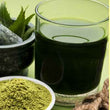
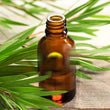
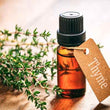
Organic Sunflower Oil infused with Organic Botanicals Elder Flowers, Calendula, Dandelion Leaf, Black Walnut Leaf, Comfrey Leaf
|
*Ingredient is Fair Trade Certified ^Used in the saponification process to turn oil into soap and glycerin. None remains in the finished product.
Made with certified organic Neem Oil, Jojoba Oil & Herbs
|

Regular handwashing is one of the best ways to remove germs, avoid getting sick, and prevent the spread of germs to others.
The CDC (Centers for Disease Control and Prevention) says that for good hand hygiene all you need is plain soap and water.
Clean hands can stop germs from spreading from one person to another and throughout an entire community.
Five simple and effective steps can help reduce the spread of illness so you, your family, your friends and the general public can stay healthy.
CDC recommends cleaning hands in a specific way to avoid getting sick and spreading germs to others. The guidance for effective hand washing was developed based on data from a number of studies.
1. Wet your hands with clean, warm running water and apply soap.
2. Lather your hands by rubbing them together with the soap.
3. Scrub your hands for at least 20 seconds.
4. Rinse your hands well under clean, running water.
5. Dry your hands using a clean towel or air dry them.
To date, studies have shown that there is no added health benefit for consumers (this does not include professionals in the healthcare setting) using soaps containing antibacterial ingredients compared with using plain soap.
Information is taken from the CDC.gov website
Read our blog "Simple Soap Can Help Decrease the Spread Of Viruses"
In my youth I had pin-straight hair and was envious of friends with wavy and curly hair. But those friends were jealous of my straight hair! Whether your hair type is straight, wavy, curly, coily, or somewhere in between, your locks are beautiful.
In the same way that understanding your skin type is important for creating an effective skincare routine, determining your hair type can play a huge role in helping you to reach your hair goals.
Hair type has 4 major categories: straight hair (type 1), wavy hair (type 2), curly hair (type 3), and coily hair (type 4). These 4 types of hair are further categorized into A, B, and C subtypes creating 12 total categories.

The best way to determine your hair type is to see your hair in its natural state. By simply looking at your hair you can recognize some obvious characteristics. The next time you wash your hair, allow it to air-dry without any styling or hair products. This will help you to define the natural shape or pattern (texture) of your hair. For example:
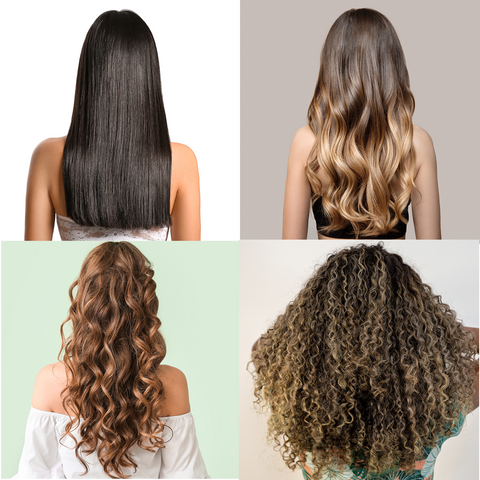
It is important to remember that most people do not have just one type of hair. They often have two different hair textures on various parts of their head.
Each of these hair textures will need special care and attention to enhance its natural best characteristics. Also, even though two people share the same natural wave, it does not mean they possess the same exact hair type. You are unique!
The words "thick" and "thin" can be confusing since you can have a lot of very thin hair and vice versa.
The density is the thickness or diameter of an individual hair strand. To determine your hair density use a single strand hair and compare it to the size of a piece of typical sewing thread. Fine hair is thinner than the thread, medium hair is similar in width, and coarse hair is wider. Hair density can affect how it will react to certain products and how well it will hold different hairstyles. There are 3 basic categories:
Thin hair does not style very easily. Medium hair is relatively easy to style and can hold curls for a longer time period. Thicker strands are very easy to curl, but because they are less pliable, they can be difficult to style or hold their shape.
Overall thickness refers to the total amount of hair on your scalp, which can range from thin to thick. When you gather your hair into a ponytail how much hair can you collect?
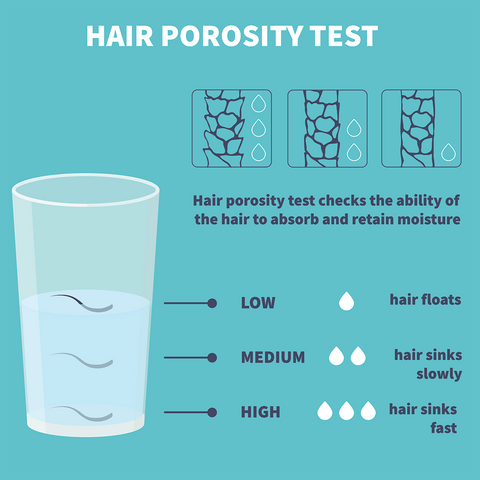 Porosity refers to your hair’s ability to absorb moisture as well as hair products. You can easily determine the porosity of your hair with a simple experiment.
Porosity refers to your hair’s ability to absorb moisture as well as hair products. You can easily determine the porosity of your hair with a simple experiment.
It seems like hair with high porosity would be well hydrated all the time since it can easily absorb moisture easily. However, due to the gap areas around the cuticle, the hair also loses moisture very easily, which can result in hair that is dry, brittle, frizzy, and prone to breakage.
On the other hand, that flattened cuticles of hair with a low porosity actually blocks moisture from being absorbed into the strands. Since hair care products are not readily absorbed, product buildup on hair strands is often a problem. Hair care products should be applied sparingly while hair is still damp so product is more easily absorbed and distributed.
To keep your hair healthy and nourished, it is important to develop a haircare routine that includes proper hydration. Knowing your hair type is crucial, as it helps you choose the right products for straight, wavy, curly, or coily/kinky hair.
If you think about it, your skin type is not even the same for all of the areas of your body.
The skin on your face is different from the skin on your hands, which is different from the skin on your back which is different from the skin on your feet ...etc.
Although your skin type is determined by genetics, it will also be affected by other factors and can change with time.
Understanding your skin type is a good starting point before trying or switching to natural products.
There are typically five types of healthy skin: normal, dry, oily, combination, and sensitive.
NORMAL SKIN
This skin is balanced, neither too dry nor too oily. It has regular texture, no imperfections and a clean, soft appearance, and does not need special care.
OILY SKIN
Oily skin is the result of excessive secretions of sebum, an oily secretion of the sebaceous glands. Oily skin tends to attract more dirt and dust than dry skin and may be prone to blackheads, acne, and excessive shine. It is frequent in adolescents and often seen with acne or blemish-prone skin.
DRY SKIN
For some people dry skin is caused by external factors such as the weather, low air humidity, sun, or hot showers, and it is often temporary.
However, for others it may be a lifelong condition. Dry skin is a result of a decrease in natural oil production which often results in skin that is flaky and has a rough appearance. Dry, cracked skin is often prone to skin disorders, such as eczema.
 SENSITIVE SKIN
SENSITIVE SKIN
Truly sensitive skin easily reacts to external stimuli. The skin is often fragile, thin or fine-textured, dry, and prone to allergic reactions.
Sensitive skin often feels uncomfortable, tight, red or itchy. It is a delicate skin that needs a lot of TLC.
COMBINATION SKIN
Combination skin is just what is sounds like, it has characteristics of both dry and oily skin. The area with more oil is usually the T- zone (forehead, nose, and chin), while the skin on the cheeks is normal or dry.
For more information on skin type and help with product recommendations for your individual needs, please read our blog, What's Your Skin Type?
Men and women with short hair seldom have hair adjustment problems to natural shampoo bars. However, folks with long hair may have to change their shampoo technique when switching from commercial liquid shampoo or synthetic detergent shampoo bars to natural bars.
We have discovered that people with long hair often feel the need to use too much shampoo. Also, it is more difficult to rinse shampoo out of all the little nooks and crannies in long hair. As a result, there are pockets of soap residue left in the hair that make hair feel tacky.
I have found that many times the proper technique makes all the difference.
 I have long, fine hair. Below is my technique for using a shampoo bar.
I have long, fine hair. Below is my technique for using a shampoo bar.
Dry and style your hair as usual!
Conventional shampoos and conditioners, even some that claim to be natural, contain waxes, silicones, or other additives that coat your hair to make it feel smooth. They also contain synthetic detergents which rinse out more easily than a soap-based shampoo bar.
Since our natural sulfate-free shampoo bars do not strip hair like detergent-based shampoos, you may notice your hair feels different immediately after washing because your hair is accustomed to the squeaky clean feel of a detergent-based shampoo.
Switching from conventional shampoo to a natural shampoo bar may mean a transition or adjustment period. While many folks have little problem with their hair adjusting to a new routine, some do.
Since everyone's hair is unique it is difficult to tell you exactly what your transition, if any, will look and feel like. Your hair may feel greasier than normal or it may even feel drier than normal. It may feel waxy, coated, or just weird as your scalp works to re-balance its oil production.
The transition period can range from a few days to a few weeks. It really depends on how damaged your hair is, how much residue and build-up is present, your genetics, your water, and even the technique that you use to shampoo your hair.
Transition is literally a time for your hair, which has been addicted to chemical-laden shampoos, to go through withdrawal, and learn to live a chemical-free life.
We have been making and using natural shampoo bars for over 14 years and have received so many questions.
It may take some patience, but if you can persevere, your reward will be healthy, soft, and silky hair.
For more detailed information and great transition tips please read our blog "Tips Adjusting To Shampoo Bars."
The wholesome goodness of our handcrafted soap is available for your hair.
Shampoo bars are an all natural conditioning shampoo in a solid bar form. Yes, this is real shampoo in a solid bar. Shampoo bars are not a new idea.
They were commonly used before liquid detergent shampoos and conditions were invented in the 1940s.
Although the process for making a shampoo bar is the same as making soap, our shampoo bar "recipes" are specially formulated with natural plant oils, butters, botanicals and essential oils that nourish your hair and scalp.
Our shampoo bars contain no artificial fragrance, color, preservatives, detergents, alcohol, urea, formaldehyde, sodium lauryl sulfate, DEA, propylene glycol - or any of the other synthetic hair care additives.
Each of our shampoo bar selections contains a different blend of natural plant oils, essential oils, and herb infused oils. No two recipes are the same.
Click here for help choosing an all natural shampoo bar!
Please read "Everything About Shampoo Bars!"
 Although we get asked this question often, it is a very difficult one to answer, because the bottom line is . . . how old is the bar? Is It freshly cut or has it been allowed to cure?
Although we get asked this question often, it is a very difficult one to answer, because the bottom line is . . . how old is the bar? Is It freshly cut or has it been allowed to cure?
Handmade soap and shampoo bars made using the cold process method and at the end of the soap reaction (saponification), they still contain water. The curing process allows excess water to evaporate.
Our freshly cut full-size bars are soft and weigh approximately 6.0 to over 6.5 ounces.
These bars will lose approximately 12% of their weight as most of the water evaporates during the first 6 to 8 weeks of curing time. This means that an average fresh bar, at 6.5 ounces will weigh approximately 5.7 ounces after about 8 weeks.
At Chagrin Valley Soap, our soap and shampoo bars are cured for about 10 to 12 weeks before selling and moisture will continue to evaporate over time as the bar ages. So, as our soap and shampoo bars sit waiting for a new home they will continue to shrink in size.
Some soap makers use the fresh-cut weight on their packaging, but we feel that is an inaccurate description. We use the average weight of our bars after at least a 10 week curing time.
While some companies allow their soaps to cure for only 4-weeks, but we know that our longer, slower curing time ensures a milder, harder, longer-lasting bar, with a very rich lather.
Some soap companies shrink wrap their soap bars to help prevent continuous shrinkage due to evaporation. We have a few big problems with that idea. First of all, we know that we definitely do not need any more plastic added to our planet. Secondly, although we know there will continue to be a small weight (and scent) loss over time, we prefer that over sacrificing the quality of our soap.
Since each of our soap/shampoo recipes is different and the percent of liquid used varies, the amount of water that evaporates over time and the bar size will also vary.
The average weight of Chagrin Valley full-size natural soap and shampoo bars is about 5.2 to 5.6 ounces after 10 weeks of curing. The average full-bar dimensions in inches are approximately 3.75 x 3 x 1.
Our Mini Bars of Soap and Shampoo (Loofah Foot, Pet Bars & Camping) weigh approximately 3 to 3.6 ounces.
Our Natural Soap and Shampoo Trial Size Sample Bars weigh approximately 1.5 to 2 ounces.
Summary of the variation in weight
Compare our bar size! Most handmade soap companies sell full size bars that are about 3.5 to 4.5 ounces. Our customers have told us that they like the larger size bars.
When you compare the prices of other soaps, please compare SIZE and ingredients as well!
For a great explanation of the process involved in making soap please read our blog, "How We Make Soap"
All of our products are made with simple, natural, and organic ingredients. They are never tested on animals (except our human volunteers). We are certified Cruelty-Free by Leaping Bunny!
However, not all of our products are vegan because some are made with goat milk, yogurt, honey, eggs, or beeswax.
Our soaps and body care products contain no animal fats; we use a vegan base of natural plant oils and butters.
At Chagrin Valley Soap, we provide a full list of ingredients for each of our products. In this way, you can make an informed choice about a product that is right for your lifestyle.
 Look for the symbol (shown on the right) on our packaging and on the product pages of our website to indicate vegan products.
Look for the symbol (shown on the right) on our packaging and on the product pages of our website to indicate vegan products.
Please check out this page for a list of our vegan products.
We often receive e-mails asking, "Are Your Soaps & Shampoos pH Balanced?"
The question is based on the fact that on the surface of our skin sits a thin layer made up of mainly sweat, skin oils (sebum) and microflora called the "acid mantle."
The acid mantle has an average pH between 4.5 and 6.5, meaning it is mildly acidic. The acidity comes from the fatty acids present in sebum, the acids present in sweat and the microflora that break down the fatty acids.
This question is very difficult for me to answer because I disagree with the whole premise that pH balanced skin cleansers are necessary for healthy skin.
I absolutely agree that we need a healthy, intact acid mantle. However, the idea that we must use "pH balanced" skin care products or else something will be terribly wrong with our skin, is problematic for me.
Here are my issues:
Whatever product we choose to clean our skin, pH balanced or not, will not only remove the natural sebum (fat) but will also remove the natural skin microflora or good bacteria, which help stabilize the pH of the skin as well as protect us from bad bacteria.
After reading so many studies about things that affect the acid mantle, it seems to me that cleaning our skin is actually not a very good idea.
If you really ponder the thought, our method of bathing is a relatively new concept in the long history of humankind.
For much more detailed information please read our blog, "What is pH Balanced Skin Care?"
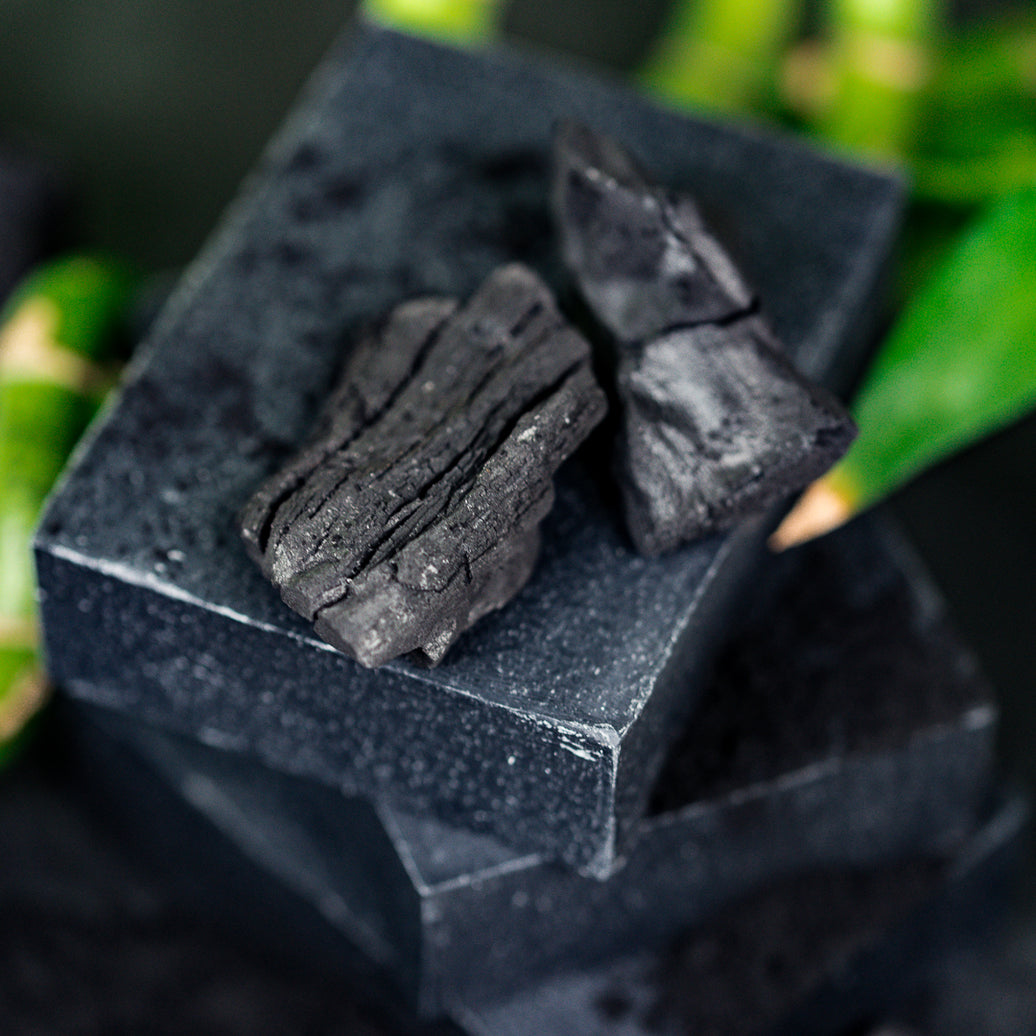
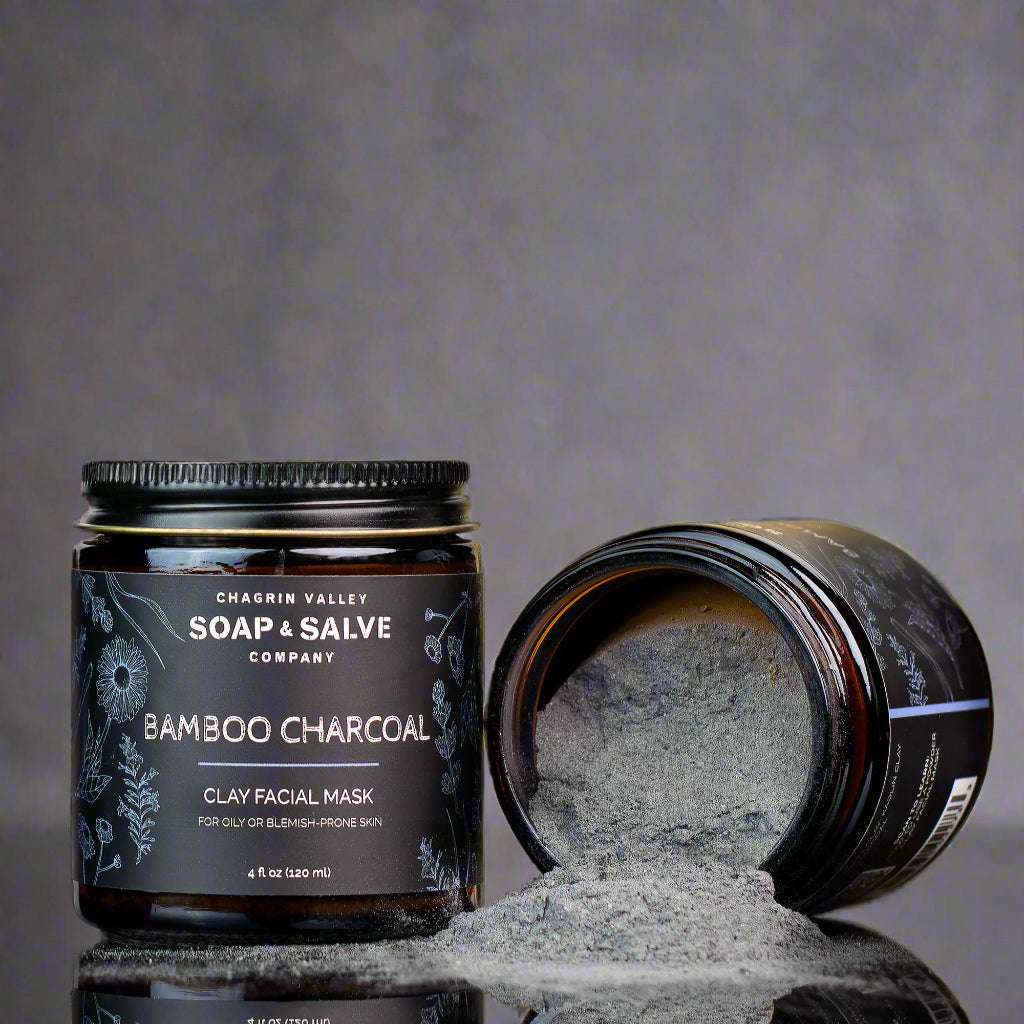
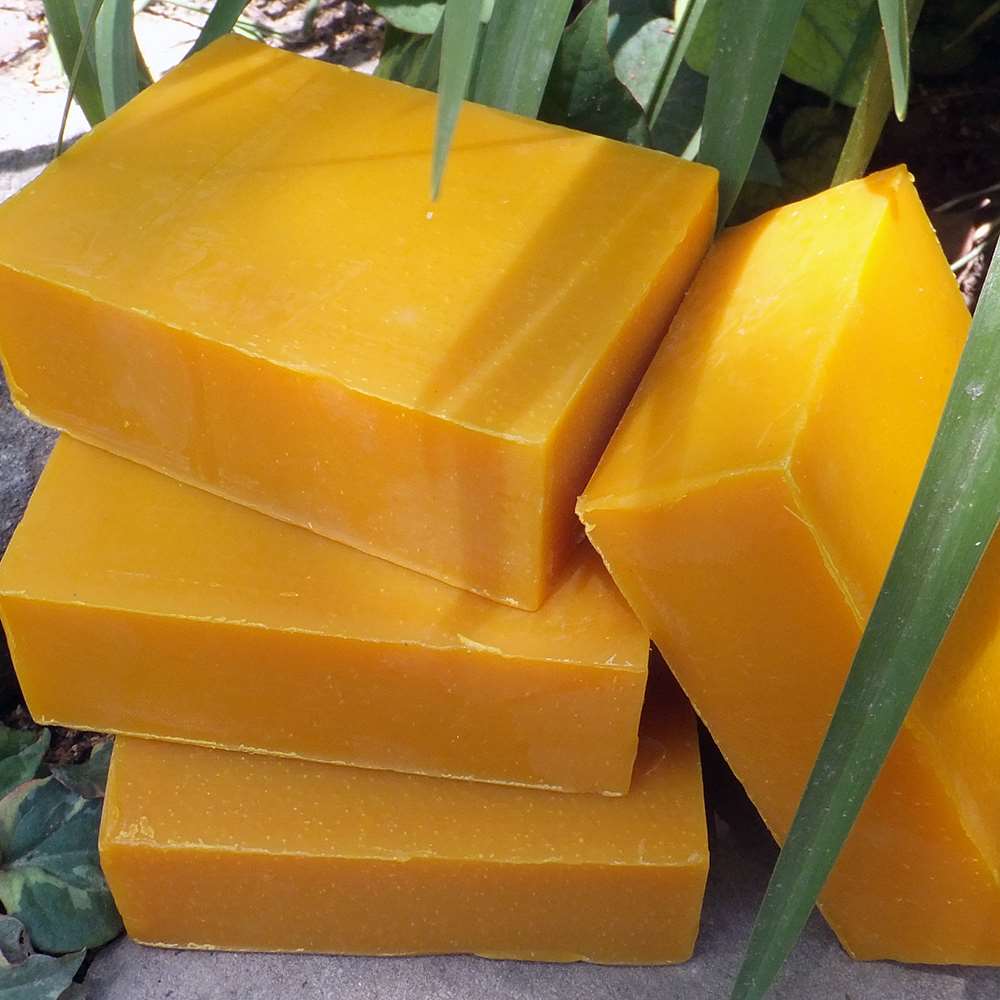
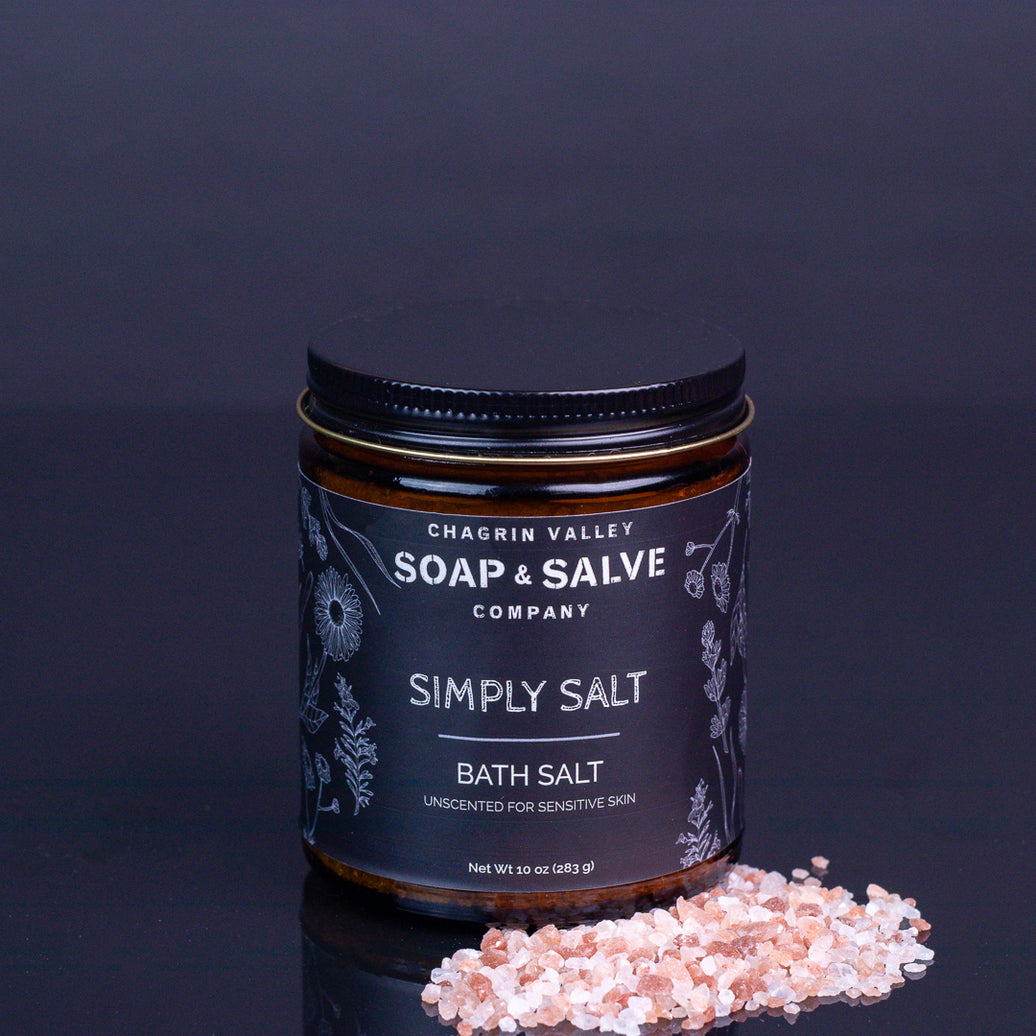

Help Me Choose a Natural Soap: Your skin type is unique to you! We have compiled natural soap recommendations based on information gathered from friends, family, and customers. We hope this will help you make your choices based on skin care needs and sensitivities.
Read Post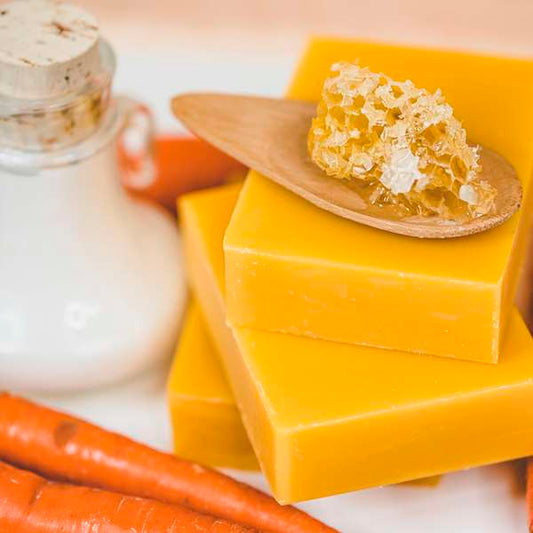
Help Me Choose a Natural Shampoo Bar: Everyone's hair is unique. For that reason, every one of our natural shampoo bars is made from a different recipe. We wish that we could recommend the perfect natural shampoo bar for each individual hair type, but here are some suggestions.
Read Post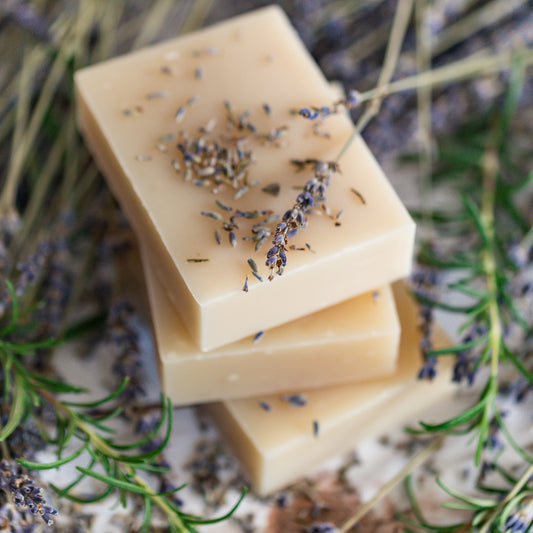
Explore the world of natural shampoo bars, get answers to your FAQs and learn about the benefits, ingredients, hair type suitability, and usage tips. Start enjoying healthier, happier hair.
Read Post